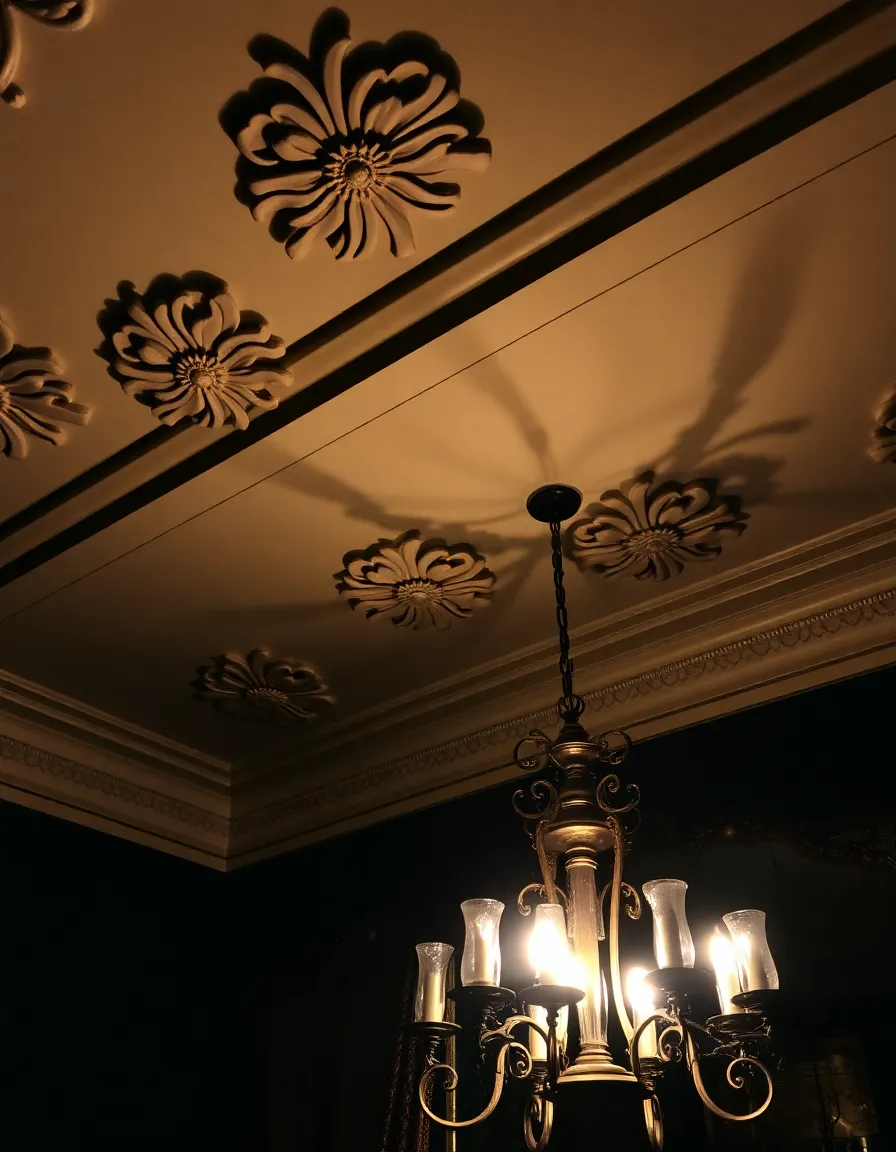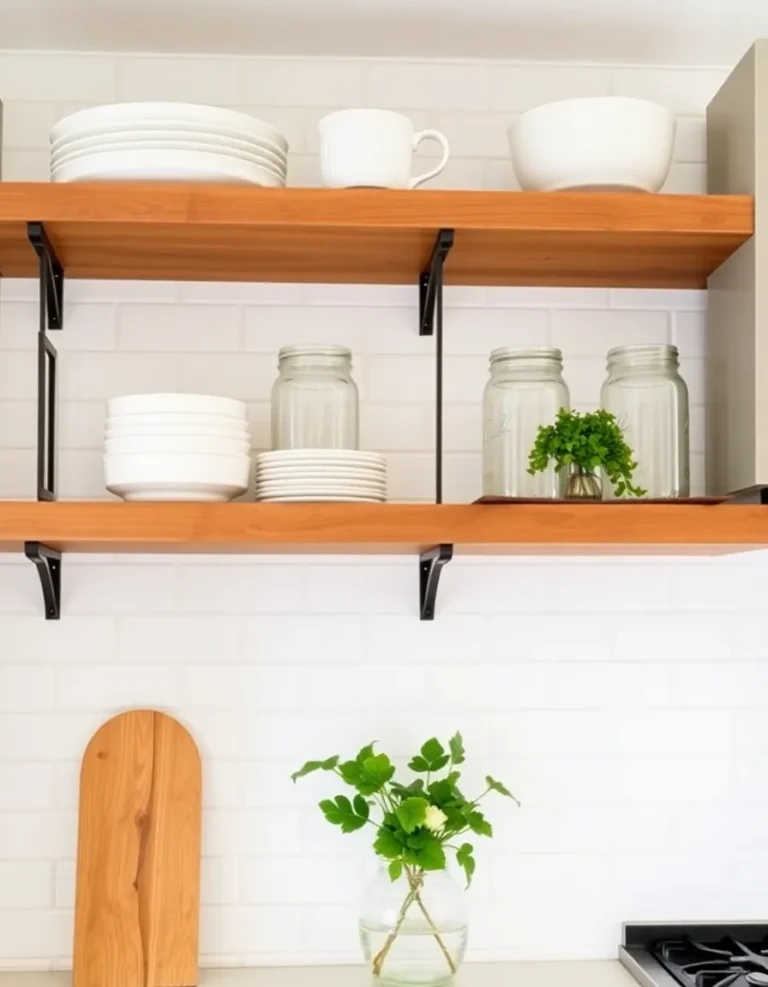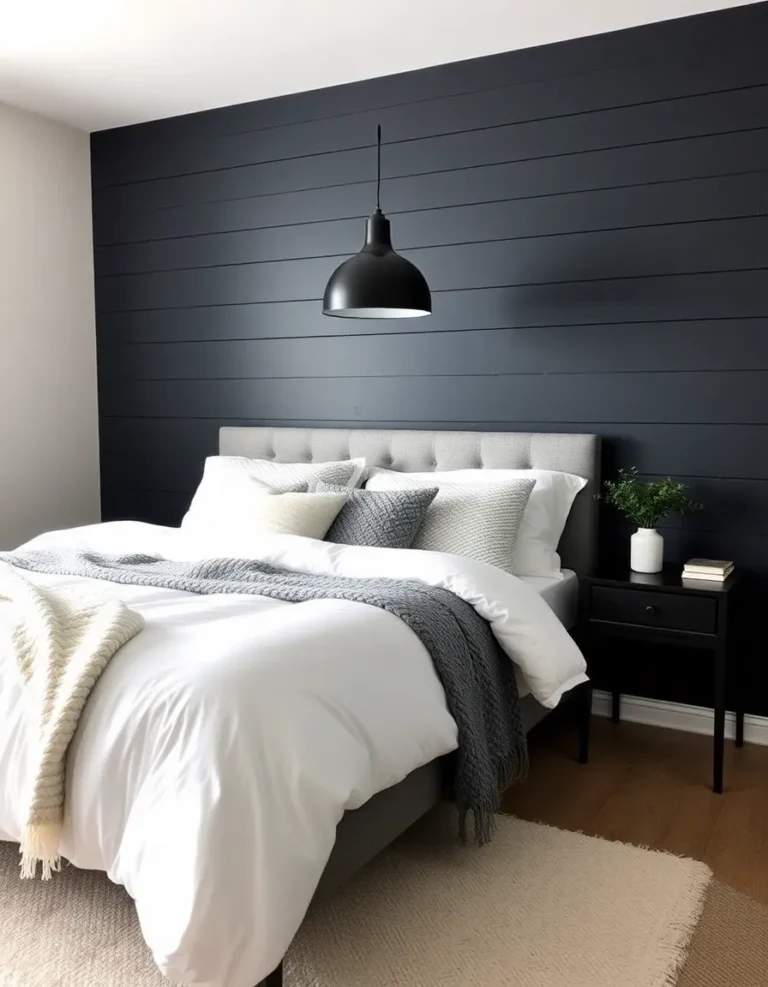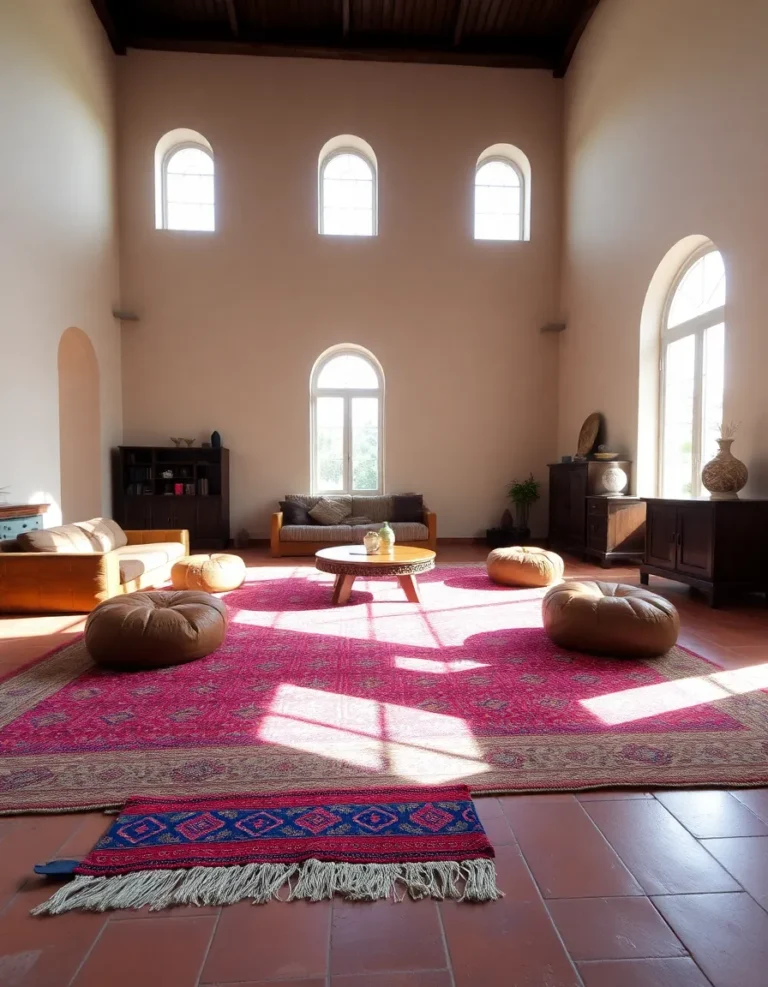Key Interior Features of Victorian Homes: Molding, Ceiling Medallions & Woodwork

Hey there, fellow Victorian home enthusiast! If you’ve ever stepped into one of these grand old beauties, you know they’re like walking into a time capsule of intricate details and craftsmanship that modern homes just can’t replicate. From the moment you glance up at the ceiling to the way the light dances off the woodwork, every inch of a Victorian home tells a story. And let’s be honest—who doesn’t love a home with a little drama?
Today, we’re diving into three of the most jaw-dropping interior features that define Victorian homes: molding, ceiling medallions, and woodwork. These aren’t just decorative afterthoughts; they’re the soul of the house. Whether you’re restoring a historic gem or just daydreaming about one (no judgment here), understanding these elements will make you appreciate the artistry even more. So, grab your virtual magnifying glass, and let’s geek out over the details that make these homes so unforgettable.
1. Molding: The Crown Jewel of Victorian Elegance
Let’s start with molding because, frankly, it’s the unsung hero of Victorian interiors. Walk into a room, and your eyes might first go to the furniture or the wallpaper, but it’s the molding that frames everything—literally. Victorian molding isn’t just a thin strip of wood; it’s a statement. Think intricate patterns, deep reliefs, and layers that make you wonder, “How did they even carve this by hand?”
You’ll find molding everywhere in these homes: crown molding at the ceiling, baseboards hugging the floor, and even picture rails midway up the wall (because why hang art at eye level when you can make it a whole production?). The styles range from floral motifs to geometric designs, and the more ornate, the better. I once saw a house where the crown molding had tiny cherubs hidden in the design—because why not add a little celestial flair?
If you’re restoring a Victorian home, pay attention to the molding profiles. Replicating the original can be a pain (and a wallet-drainer), but skimping here is like serving store-bought cookies at a high tea—it just feels wrong. And if you’re adding molding to a modern home for that Victorian vibe? Go bold or go home. A flat, basic trim won’t cut it.
Pro tip: Look for salvage yards or specialty woodworkers who recreate historic molding profiles. It’s worth the hunt.

2. Ceiling Medallions: Because Plain Ceilings Are Overrated
Ah, the ceiling medallion—the Victorian equivalent of putting a fancy hat on a bare head. These decorative discs sit where the chandelier meets the ceiling, and they’re anything but subtle. Some are simple circles with a bit of flair, while others look like they were stolen from a Baroque palace. And honestly? We’re here for it.
Medallions weren’t just for show; they served a practical purpose too. They helped distribute the weight of heavy chandeliers and masked soot stains from gas lighting (because nothing ruins a dinner party like a soot-streaked ceiling). Today, they’re purely decorative, but that doesn’t mean they’ve lost their charm. A well-chosen medallion can turn a boring ceiling into a conversation starter. “Oh, that old thing? Just a hand-carved plaster masterpiece, no big deal.”
When picking a medallion, size matters. Too small, and it’ll look like a postage stamp on a billboard. Too large, and it might overwhelm the room. And material? Plaster is the gold standard for authenticity, but polyurethane options are lighter and easier to install—just don’t tell the purists.
Fun fact: Some medallions were painted to match the ceiling, while others were gilded or left white. IMO, a contrasting color makes them pop, but hey, your house, your rules.

3. Woodwork: Where Craftsmanship Meets Showmanship
If molding and medallions are the supporting actors, woodwork is the lead star of a Victorian home. Staircases, doors, fireplace mantels—these aren’t just functional elements; they’re works of art. Victorian woodwork is all about excess (in the best way possible). Turned balusters, carved newel posts, and doors with more panels than a comic book convention? Sign me up.
One of my favorite details? The fireplace mantel. In a Victorian home, it’s not just a place to hang stockings; it’s the focal point of the room. Think carved oak, intricate tile insets, and mirrors that make the whole thing feel even grander. I once visited a house where the mantel had tiny hidden compartments—perfect for stashing love letters or, you know, candy.
Restoring original woodwork can be a labor of love. Layers of paint often hide beautiful grain, and repairs require a skilled hand. But stripping away decades of DIY “updates” to reveal the original finish? Pure magic. And if you’re adding woodwork to a newer home, don’t shy away from dark stains or bold carvings. Victorian style is all about drama, remember?
FYI: Quarter-sawn oak was a Victorian favorite for its striking grain patterns. If you’re going for authenticity, keep an eye out for it.

So there you have it—the three interior features that make Victorian homes so irresistibly detailed. Whether you’re marveling at the craftsmanship or cursing the layers of paint you have to strip, these elements are what give these homes their character. And let’s be real: in a world of cookie-cutter houses, a little Victorian extravagance is a breath of fresh air.
Now, go forth and appreciate those moldings, medallions, and woodwork like the treasures they are. And if you ever find yourself in a Victorian home with hidden cherubs or secret compartments, well, you owe me a tour 🙂



